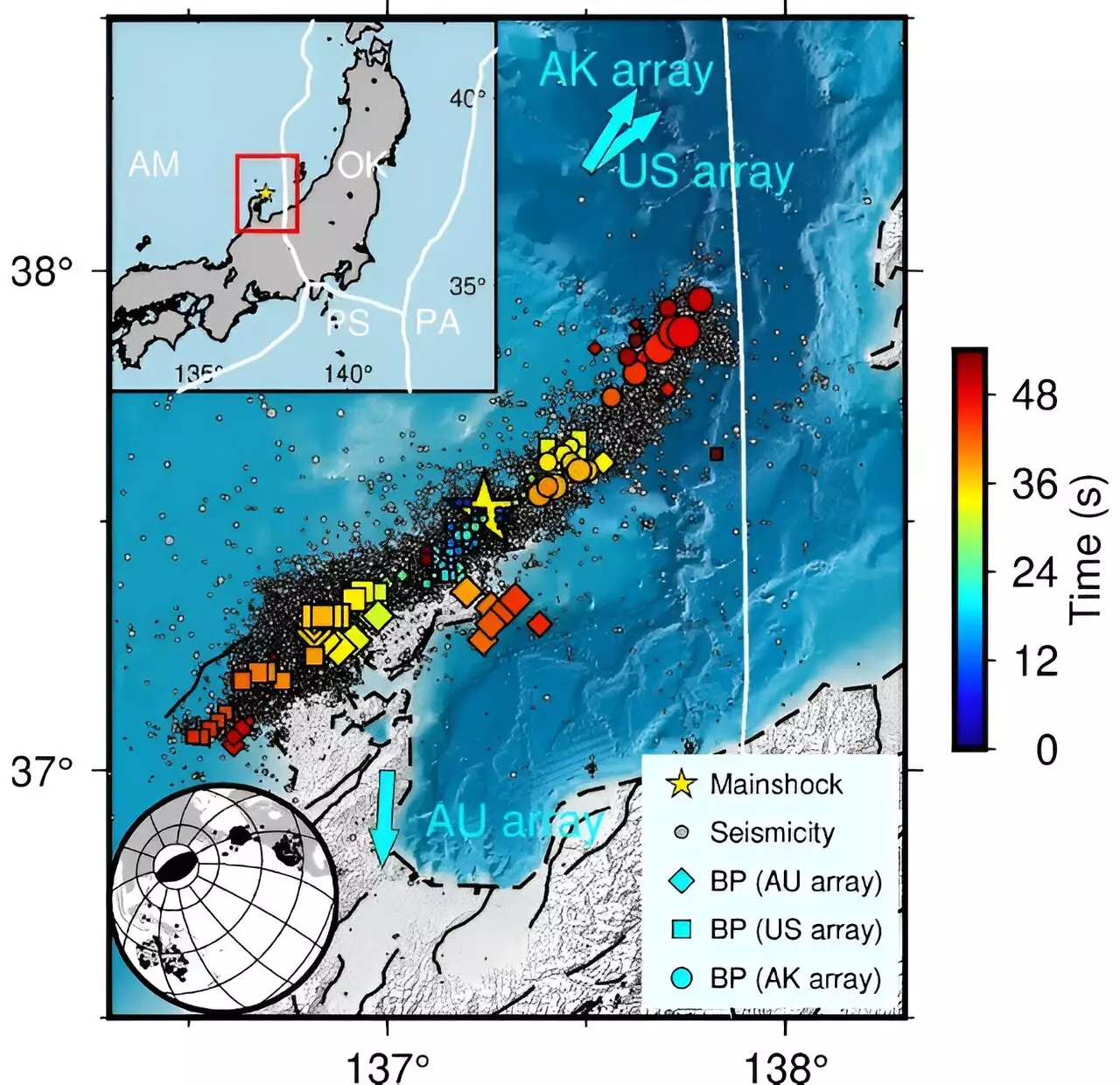The year 2024 started off with a significant event – a magnitude 7.5 earthquake that struck Japan’s Noto Peninsula on New Year’s Day. This earthquake resulted in the tragic loss of more than 280 lives and caused damage to over 83,000 homes. Scientists have since made a remarkable discovery regarding the earthquake’s initiation, noting that it began simultaneously at two separate points on the fault line. This unique “dual-initiation” mechanism played a crucial role in encircling and breaking through a barrier on the fault, leading to the release of a substantial amount of energy and widespread ground shaking across the Noto Peninsula.
Earthquakes are a result of fractures in the Earth’s crust, known as faults, that allow rocks on either side of the fault to move past each other. The movement is not continuous along the fault line due to rough and uneven areas called barriers. These barriers act as points of resistance, absorbing and slowing down the energy of fault movement. However, if the accumulated energy surpasses the barrier’s threshold, it can rupture violently, giving rise to intense shaking. This study sheds light on the significance of fault barriers, also known as asperities, in understanding earthquake genesis and subsequently improving seismic risk assessments and forecasting.
Led by a team of international researchers from the United States, France, China, and Japan, the study delved into the intricate relationship between a swarm of small tremors and the larger earthquake that followed. Through a meticulous analysis of geospatial data and seismic wave recordings, they identified a previously unknown barrier in the region, which played a pivotal role in the earthquake’s initiation. Surprisingly, the earthquake began at two distinct locations on the fault line simultaneously, converging towards the barrier and ultimately leading to a forceful rupture and intense shaking.
The concept of dual-initiation mechanisms, as observed in the Noto earthquake, poses several implications for understanding earthquake initiation. While such mechanisms have been studied in simulations, their observation in nature has been rare. The team’s ability to capture this phenomenon was attributed to the comprehensive data collected through seismic monitoring stations, GPS, and satellite radar data. This detailed analysis provided valuable insights into the fault’s behavior and highlighted the complexity of earthquake initiation processes.
The research findings underscore the intricate nature of earthquake initiation and the critical conditions that contribute to large-scale seismic events. Earthquakes with dual epicenters pose a higher risk of stronger shaking due to the intensified movement. The researchers plan to explore future scenarios to evaluate the conditions and probabilities associated with such earthquakes. With advancements in imaging and resolution techniques, it is possible that more instances of dual-initiation mechanisms will be identified in the future, emphasizing the need for enhanced seismic monitoring and research efforts.


Leave a Reply